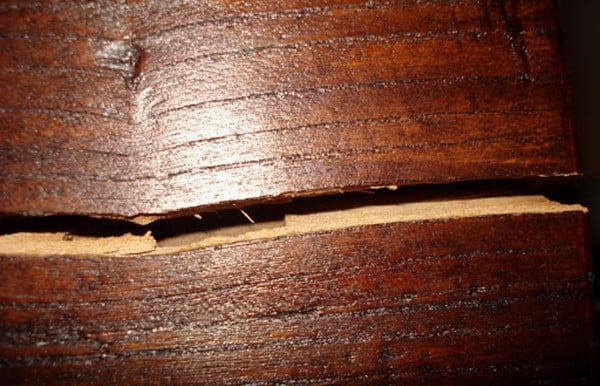Wooden poles, whether they are part of a fence, a structural support, or a decorative element, can suffer from wear and tear over time. One common issue that arises is cracking. Cracks in wooden poles can be concerning, as they compromise the structural integrity and aesthetics of the object. However, with proper attention and timely intervention, it is possible to repair and restore cracked wooden poles. This article provides a comprehensive guide on how to deal with a cracked wooden pole, from assessing the damage to executing effective repairs.

Assess the Severity of the Crack
The first step in dealing with a cracked wooden pole is to assess the severity of the crack. Cracks can range from superficial surface cracks to deep fissures that affect the core of the wood. Superficial cracks might only require cosmetic repairs, while deeper cracks demand more intricate restoration work.
Gather Necessary Tools and Materials

Before starting any repair work, gather the necessary tools and materials. This typically includes:
- Safety Gear: Gloves, safety goggles, and a dust mask to protect yourself during the repair process.
- Wood Glue: A high-quality wood glue that is specifically formulated for outdoor use and can bond well with the type of wood you’re working with.
- Clamps: To hold the cracked pieces of wood together while the glue sets.
- Wood Filler: For larger cracks and holes, a wood filler can be used to restore the surface to its original smoothness.
- Sandpaper: To sand down rough edges and surfaces after the repair is complete.
- Paint or Sealant: If the wooden pole is exposed to the elements, applying a paint or sealant can protect it from moisture and UV damage.
Repair Process
- Clean the Area: Clean the cracked area to remove dirt, debris, and any loose wood particles. This will ensure proper adhesion of the glue.
- Apply Wood Glue: For small cracks, apply a generous amount of wood glue into the crack. For larger or deeper cracks, you may need to use a syringe or similar tool to inject the glue deeper into the crack.
- Clamp the Crack: Gently bring the cracked pieces of wood together and use clamps to hold them in place. Wipe away any excess glue that squeezes out. Allow the glue to dry according to the manufacturer’s instructions. This usually takes several hours.
- Fill and Sand: If the crack has left a gap, use wood filler to fill it. Once the filler is dry, sand it down to create a smooth, even surface that matches the surrounding wood.
- Finishing Touches: Depending on the pole’s purpose and location, consider applying a protective paint, stain, or sealant to shield the wood from the elements. Make sure the chosen finish is suitable for outdoor use.
Preventive Measures
To prolong the life of your wooden poles and prevent future cracks, consider the following preventive measures:
- Regular Maintenance: Inspect your wooden poles periodically for signs of damage. Catching issues early can prevent them from worsening.
- Weather Protection: If your wooden poles are exposed to the elements, consider applying a weather-resistant coating to protect them from moisture and UV rays.
- Avoid Overloading: If the pole serves a structural purpose, ensure that it is not subjected to excessive loads that could lead to cracking.
- Correct Installation: Properly install wooden poles with appropriate foundations and support to minimize stress on the wood.
Dealing with a cracked wooden pole may seem daunting, but with the right tools and techniques, it’s possible to restore it to its former strength and beauty. By following a systematic repair process and taking preventive measures, you can ensure that your wooden poles remain sturdy and attractive for years to come. If you’re uncertain about the severity of the crack or the repair process, don’t hesitate to seek advice from professionals to ensure a successful restoration.


